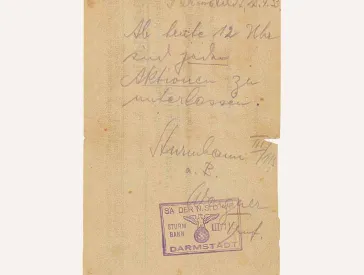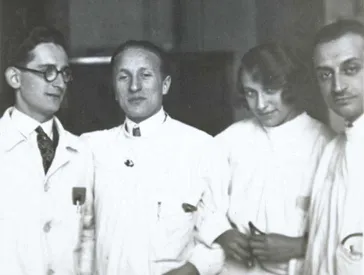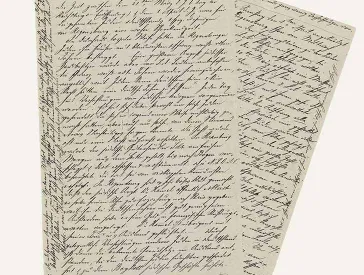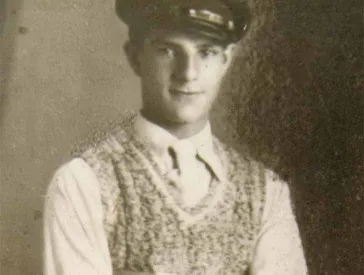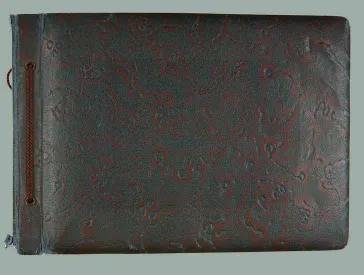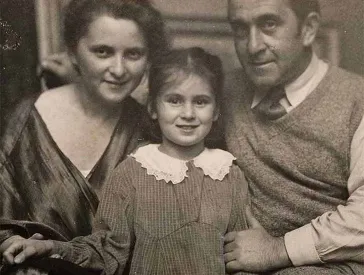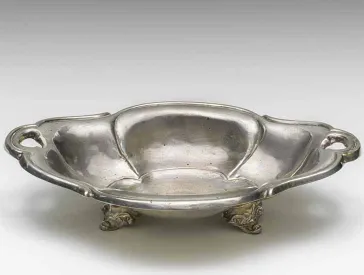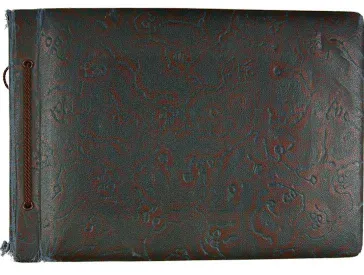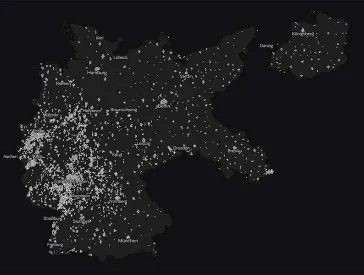The Becker Family’s Bread Bowl
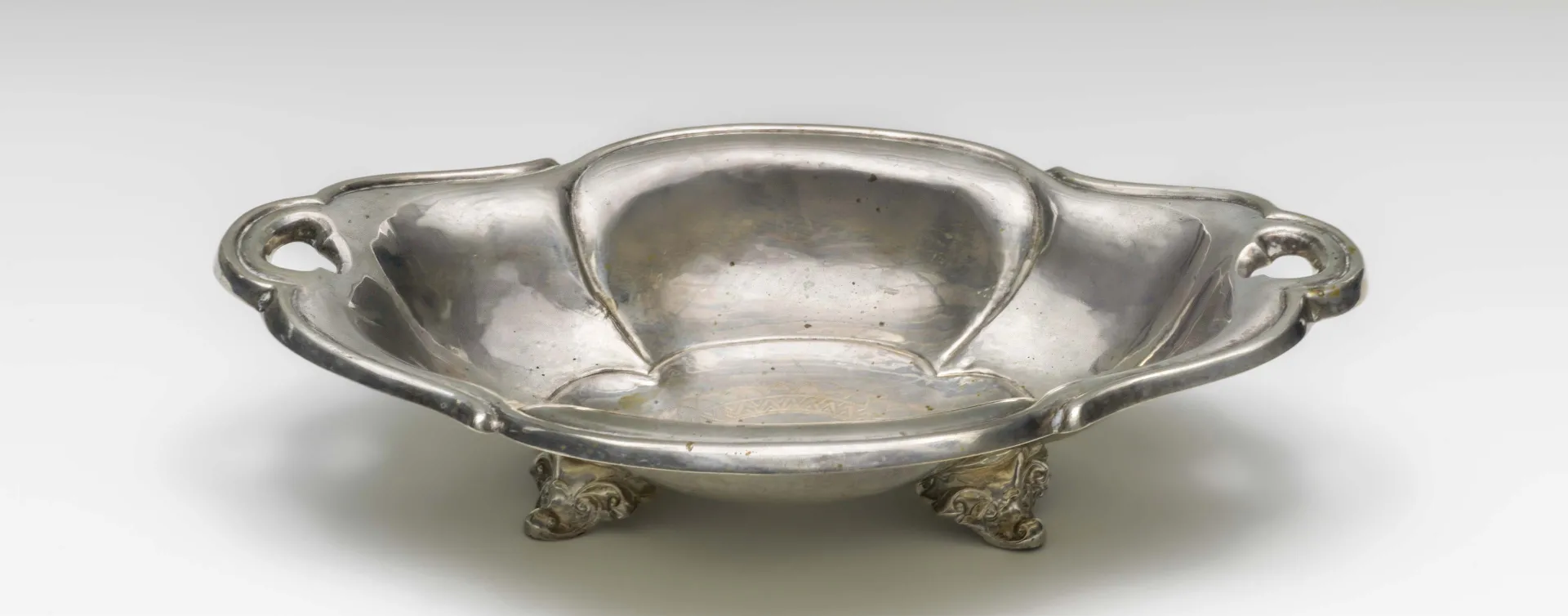
Silver bread bowl belonging to Marianne and George Becker, ca. 1801–1815; Jewish Museum Berlin, accession 2017/135/1, gift of Jacqui Becker, photo: Roman März
The violence is also documented by everyday objects that show traces of the destruction and the brutal way the Nazis searched and looted private apartments and houses.
Between 9 and 11 November 1938, synagogues were set on fire, show windows were smashed, and stores were looted throughout Germany. The Nazis did not spare private homes and apartments. If the residents did not open up, SA troopers forced their way in.
In November 1938, Margarete Weigert, who was not Jewish, was employed as a caretaker for a villa owned by the Goldschmidt family in Nuremberg. After the war, she vividly described their destroyed apartment in compensation proceedings. Her sworn statement can be found in our archive:
“Half an hour later, after the noise in the Goldschmidt’s apartment had subsided, I went up with my husband. We found Mr. and Mrs. Goldschmidt and their two children in a state of shock and saw that the entire apartment had been destroyed. The furniture was upended, the chairs broken, the display case smashed, the valuable paintings slashed with a sharp object, the upholstery cut too. The china and crystal were smashed, as were the valuable vases and porcelain figures. There were no intact crystal or porcelain objects in the apartment; the only objects that had not been destroyed were the kitchen furnishings and the porcelain the family used for everyday purposes. All of the beds were slit and full of broken glass.”
The Becker family’s silver bread bowl shows traces of this orgy of destruction. Marianne Becker, who was eighteen at the time, recalled how, during the raid, their furniture was destroyed with an axe and their paintings were slashed.
In March 1939, Marianne emigrated to Great Britain with her husband; in 1940, she continued on to the United States. The family took many of the destroyed objects with them. In New York, Marianne Becker and her mother went to a silversmith with the damaged silver bowls and plates and had them repaired. This bread bowl was among the objects. You have to look closely to see traces of the damage.
Sabrina Akermann
Wedding portrait of George Becker (1906–2012) and Marianne Reiss (1919–2002), Würzburg, October 1938; Jewish Museum Berlin, accession 2017/135/7, gift of Jacqui Becker
Citation recommendation:
Sabrina Akermann (2020), The Becker Family’s Bread Bowl.
URL: www.jmberlin.de/en/node/7427
Online Project: Documenting Brutality (7)

